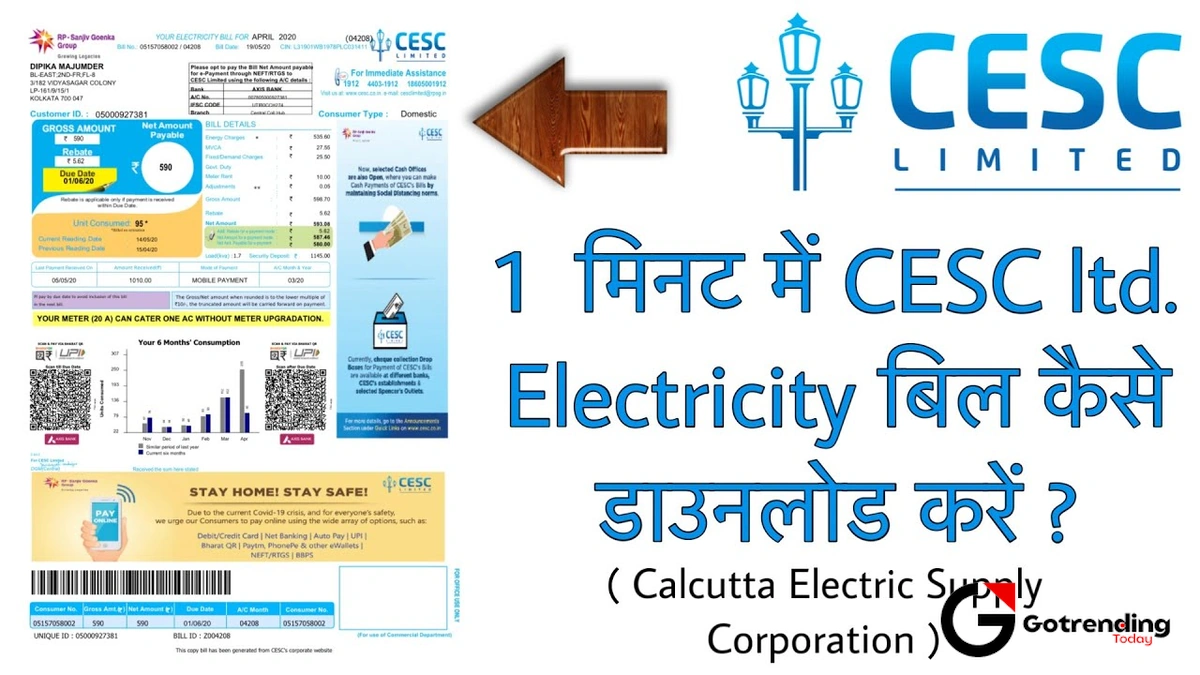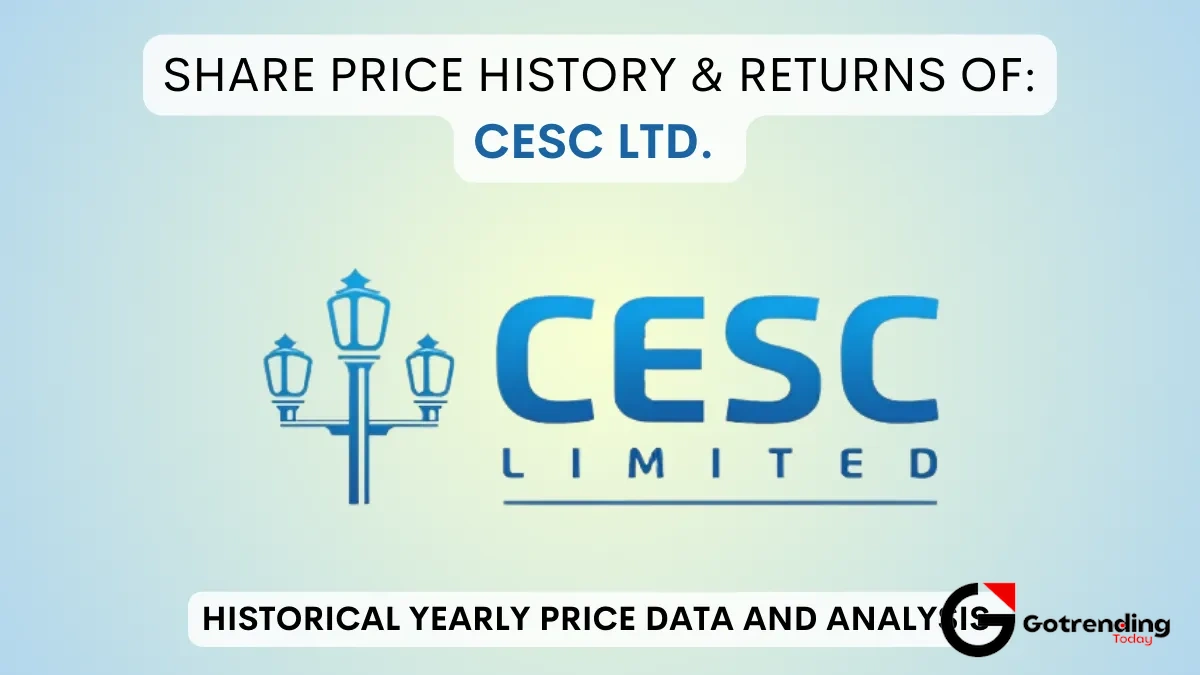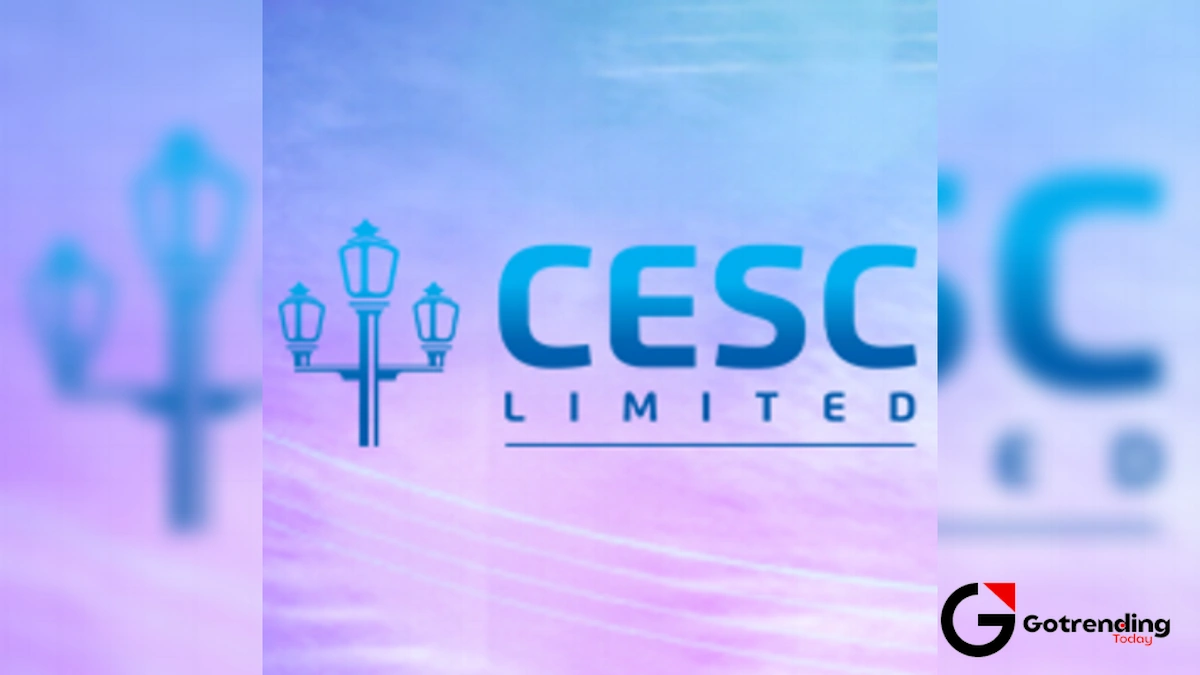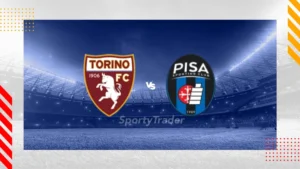Your CESC Bill Explained | The Hidden Details You’re Probably Missing (And How They Cost You Money)
Let’s be honest. When your monthly CESC bill arrives, either as a crisp paper slip or a PDF in your inbox, which part do you look at? If you’re like most of us in Kolkata, your eyes dart straight to that big, bold number at the bottom. A quick scan, a sigh (or a wince), and you move on to the payment part. Done. Dusted.
But what if I told you that by ignoring the rest of that crowded, jargon-filled page, you’re not just missing information you’re potentially losing money and control? That bill isn’t just a demand for payment. It’s a story. It’s a detailed report card on your household’s energy habits, and understanding its language is the first, most crucial step to actually managing your expenses, not just paying them.
So, grab a cup of coffee (or chai, we’re in Kolkata after all). Let’s sit down and decode this thing together. I’m not just going to tell you how to do a cesc bill payment online ; I’m going to explain the why behind the numbers, the hidden logic that turns a simple flick of a switch into that final, daunting figure.
Decoding the Jargon | Beyond Just “Units Consumed”
The first thing we need to do is look past the “Units Consumed” and the “Total Amount Due.” Tucked away in the middle of the bill is where the real action happens. It’s a minefield of acronyms that seem designed to confuse. But they’re not, really. They just need a translator.
Here are the big three:
- Fixed/Demand Charges: Ever wondered why you get a bill even if you’ve been on vacation all month and used zero electricity? This is why. Think of it as the subscription fee for being connected to the grid. The Calcutta Electric Supply Corporation has to maintain a massive network of wires, transformers, and substations 24/7, just so power is available the instant you need it. These fixed charges cover that readiness. It’s not about what you use; it’s about what’s available for you to use.
- Variable Cost Adjustment (VCA): This is the one that fluctuates and often causes the most confusion. In simple terms, the VCA is a charge that allows CESC to adjust for the fluctuating cost of fuel (mostly coal) that’s used to generate electricity. The price of coal changes on the international and national markets. Instead of constantly changing the main tariff, the VCA acts as a flexible surcharge (or sometimes, a rebate!) to cover these costs. It’s CESC’s way of saying, “Hey, the fuel to make your power got more expensive this month.”
- Meter Rent: A small, almost negligible charge for the rental of the meter at your premises. It’s a straightforward cost for the hardware.
Understanding these tells you that your bill isn’t just `(Units Consumed) x (Price per Unit)`. It’s a more complex formula that reflects the real-world costs of generating and supplying power. It’s a bit like a restaurant bill that lists not just the price of the food but also a service charge. Annoying? Sometimes. But there’s a logic to it.
The Secret Language of Slabs | Why Your Last AC Binge Cost a Fortune

Now, let’s talk about the biggest lever you have to control your bill: the tariff slabs. This is, without a doubt, the most important concept to grasp if you want to know how to reduce your CESC electricity bill .
CESC, like most utilities, uses a progressive slab system. It’s a fancy way of saying: the more you use, the more you pay per unit. It’s not a flat rate. Your consumption is divided into blocks or “slabs,” and each slab has a different, higher price.
Let me rephrase that for clarity. It’s not just that using 400 units costs more than 200 units. It’s that the 399th unit you use costs significantly more than the 99th unit did. This is designed to encourage energy conservation.
Here’s a simplified example (check the officialCESC tariff ratefor current numbers, as they do change):
- Slab 1 (e.g., 0-100 units): Let’s say it’s ₹5 per unit.
- Slab 2 (e.g., 101-200 units): The price jumps to ₹7 per unit.
- Slab 3 (e.g., 201-300 units): Now it’s ₹8.50 per unit.
That extra hour of running the air conditioner on a hot May afternoon might be the very thing that pushes you from a cheaper slab into a more expensive one, making that last hour of comfort disproportionately costly. It’s a classic case ofthe unspoken truthof compounding costs. This is why a small increase in your consumption can lead to a surprisingly large jump in your bill.
The takeaway? Being mindful of crossing those slab thresholds is your secret weapon. It’s not about living in the dark; it’s about being smart with your high-consumption appliances.
The ACD Trap | Is CESC Holding Your Money Hostage?

Okay, let’s talk about the elephant in the room. The Additional Consumption Deposit, or ACD. This line item on the bill causes more frantic calls to customer care than any other.
So what is it? I initially thought it was a fine or a penalty. It’s not.
The ACD is essentially a security deposit. When you get a new connection, you pay an initial security deposit. The regulator, WBERC, mandates that this deposit should be roughly equal to your average consumption for a two-month period. If, over the course of a year, your average consumption increases (maybe you bought a new AC or a water heater), your old security deposit is no longer sufficient. So, CESC collects the difference as “ACD” to bring your total security deposit up to the new required level.
Here’s the thing: It’s your money. It’s not a fee. It’s a deposit that CESC holds, and it’s supposed to be refunded or adjusted against your final bill when you permanently disconnect your service. Yes, the process can feel bureaucratic, but it’s a regulated requirement. Knowing this transforms it from a scary, arbitrary charge into an understandable if slightly annoying part of the process.
Your Smart Toolkit | Mastering Your CESC Account
Understanding your bill is half the battle. The other half is using the tools available to you to make life easier. Gone are the days of standing in long queues.
First and foremost, embrace digital. The CESC app (and their website) is your command center. Setting up your account for cesc online bill payment is a no-brainer. You can view old bills, track your consumption patterns month-on-month, and pay instantly. This alone helps you avoid late payment surcharges, which are just wasted money.
Applying for a cesc new connection has also moved largely online, streamlining a process that used to be a mountain of paperwork and multiple visits. You can upload documents and track your application’s status from your home. It’s a significant leap forward in convenience, much like how the IPO process has been simplified for offerings like theShanti Gold IPO GMP.
The future is even smarter. With the rollout of smart meters, you’ll eventually have access to real-time consumption data. Imagine knowing exactly how much electricity your geyser is using right now. That’s the power smart meters will give you, allowing for truly granular control over your usage and your bill.
Frequently Asked Questions (The Stuff Everyone Asks)
What exactly is the VCA on my bill?
The VCA, or Variable Cost Adjustment, is a charge that covers the fluctuating price of fuel (like coal) used to generate electricity. Think of it as a fuel surcharge that changes from month to month, ensuring the price you pay reflects the real cost of power generation.
How can I lower my CESC bill without sitting in the dark?
Focus on the tariff slabs. Identify your high-power appliances (AC, geyser, washing machine with heater) and use them mindfully. Even a one-degree increase in your AC’s temperature setting can save significant energy. The goal is to avoid tipping over into a higher, more expensive electricity slab.
What happens if I forget to pay my CESC bill on time?
If you miss the due date, a Late Payment Surcharge (LPS) will be added to your next bill. If the non-payment continues, CESC will issue disconnection warnings and may eventually disconnect the power supply. The easiest way to avoid this is to set up an account on the CESC app and enable payment reminders.
Can I get a refund for the Additional Consumption Deposit (ACD)?
Yes. The ACD is a security deposit. It is refundable, along with your initial security deposit, when you terminate your electricity connection permanently. It will be adjusted against your final bill, and any remaining balance will be refunded.
How do I check my CESC application status for a new connection?
You can check the status online on the official CESC portal. You’ll typically need your application number or request ID, which you receive when you submit your application for a cesc new connection .
Ultimately, your CESC bill doesn’t have to be a source of mystery and anxiety. By taking a few minutes to look beyond the total amount, you transform it from a passive expense into an active tool. It’s a monthly report on your relationship with energy. And once you understand the language it’s written in, you’re no longer just a consumer you’re an informed manager of your own home. You’re in control. And that’s a powerful feeling.













